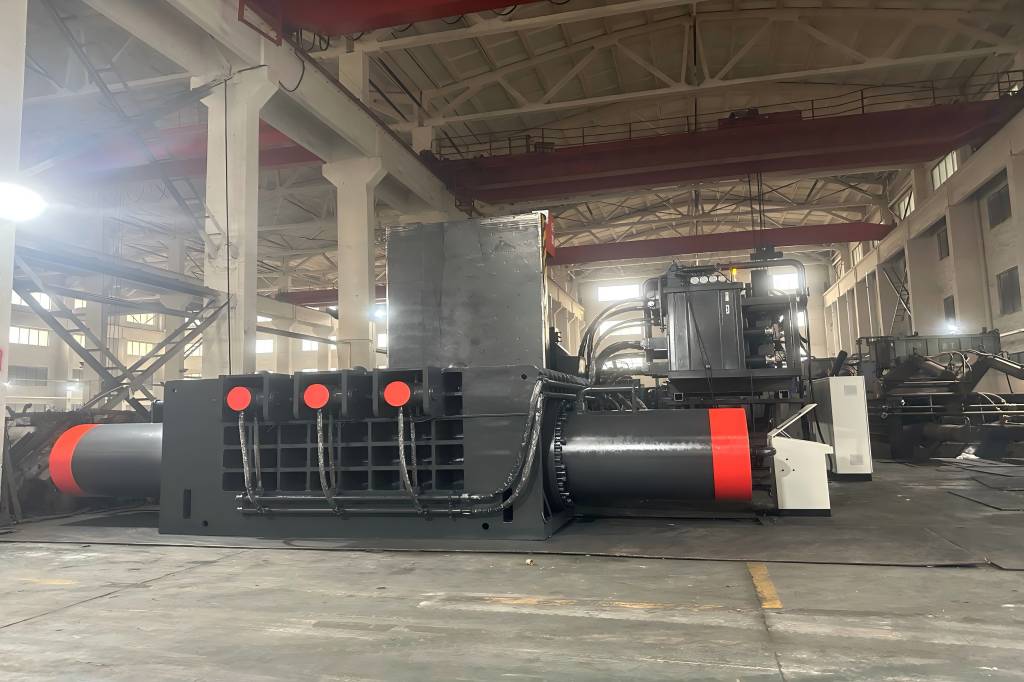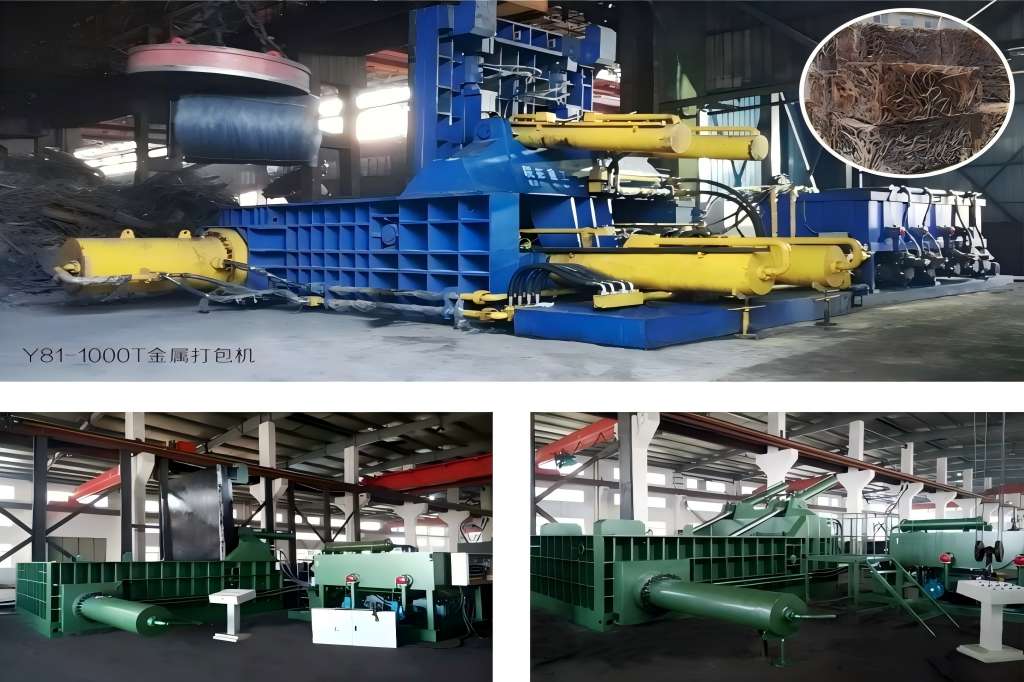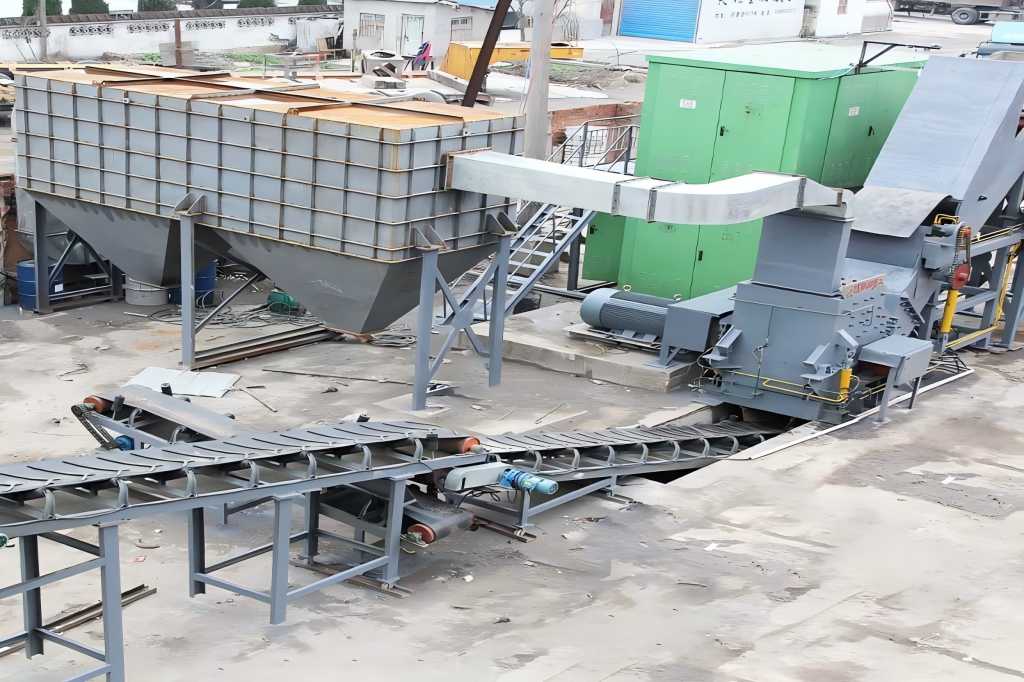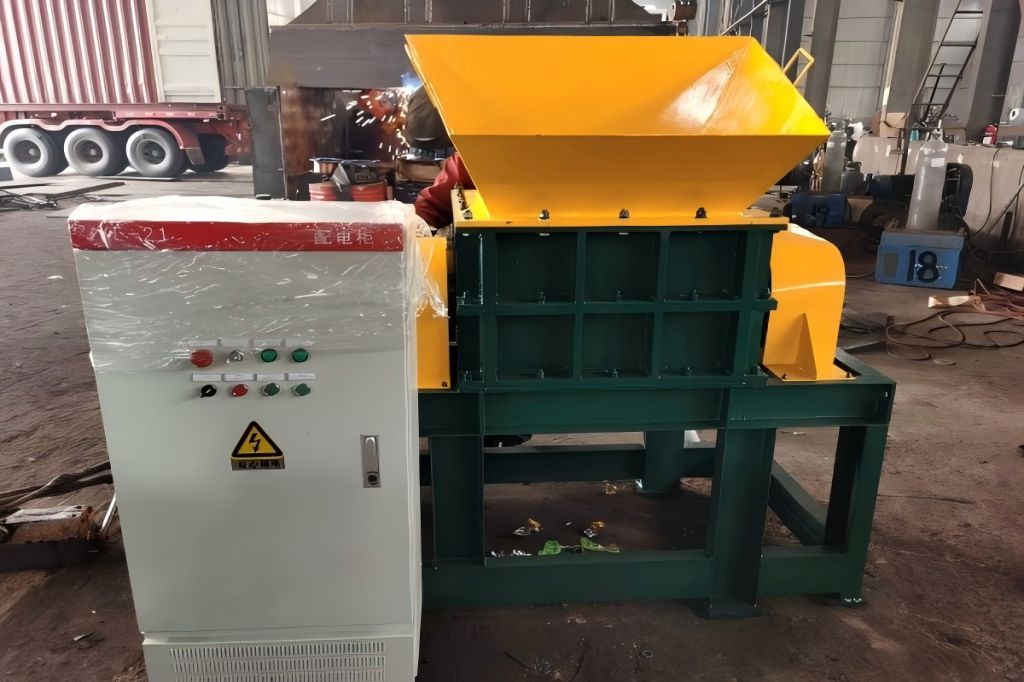China has established itself as a global leader in manufacturing and exporting industrial machinery, including cutting-edge scrap metal recycling machines. These machines are vital for efficient recycling processes, enabling businesses to convert waste into valuable resources while supporting the circular economy.
Importing such machines requires a well-planned strategy, from understanding the market and transportation methods to navigating taxes and compliance.
This comprehensive guide explores all the necessary steps and considerations for successfully importing scrap metal recycling machines from China.
Understanding the Scrap Metal Recycling Industry
Scrap metal recycling plays a vital role in advancing sustainable practices across industries worldwide. By reusing metals, the industry helps conserve natural resources, reduce carbon emissions, and meet the growing demand for eco-friendly materials.
Global Market Overview
The global scrap metal recycling market is valued at over $200 billion, with consistent growth driven by demand for metals like aluminum, copper, and steel. The demand for effective recycling equipment keeps growing as sectors including construction, electronics, and the automobile industry embrace sustainability.
Importance of Recycling Machines
Recycling machines streamline operations by automating processes such as sorting, shredding, baling, and separating metals. They improve productivity, ensure better quality materials, and minimize manual labor, making them indispensable for businesses entering the scrap metal recycling market.
Key Types of Recycling Machines
- Shredders: Break down bulky metal pieces into smaller, manageable sizes.
- Balers: Compress metal scraps into compact bales for storage and transport.
- Magnetic Separators: Efficiently separate non-ferrous materials from ferrous metals.
- Granulators: Process smaller metal scraps into granules for reuse.
Transportation Methods for Heavy Machinery
Transporting heavy machinery like scrap metal recycling machines requires careful consideration of cost, speed, and logistical constraints. Below are the primary transportation methods explained in detail.
Sea Freight
Sea freight is the most widely utilized option for shipping heavy machinery internationally.
- Advantages: Highly cost-effective for large or heavy shipments, offers a variety of container options (e.g., full container load, less than container load), and accommodates oversized cargo.
- Disadvantages: Long transit times that can range from several weeks to months, susceptibility to delays due to weather conditions, port congestion, or customs processing.
- Best For: Businesses importing bulk machinery that is not time-sensitive.
Air Freight
For international delivery, air freight is the quickest alternative, especially for orders that must be shipped quickly.
- Advantages: Extremely fast delivery (typically within days), high reliability due to well-maintained schedules, and suitable for high-value or fragile equipment.
- Disadvantages: Significantly more expensive than other options and limited by strict weight and size constraints.
- Best For: Urgent shipments of smaller, lighter equipment where delivery speed outweighs cost.
Rail Freight
Rail freight offers a reliable overland shipping solution, especially within regions connected by extensive rail networks.
- Advantages: More affordable than air freight and faster than sea freight, eco-friendly, and suitable for mid-sized cargo.
- Disadvantages: Limited by the availability of rail infrastructure and subject to delays at border crossings for international shipments.
- Best For: Transport to regions with efficient rail connectivity, such as Europe or parts of Asia.
Road Freight
Road freight is a flexible transport method that works well for local or regional deliveries.
- Advantages: Door-to-door service, lower costs for short distances, and faster local deliveries compared to other modes.
- Disadvantages: Vulnerable to delays caused by traffic, road conditions, or regulatory checks, and limited to regional routes.
- Best For: Final-mile delivery from ports to warehouses or nearby facilities.
Taxes, Duties, and Compliance
When importing scrap metal recycling machines, understanding the tax and regulatory landscape is essential to avoid unexpected costs and legal complications.
Key Tax Components
Import Duties: Import duties are tariffs imposed by the importing country on goods entering its borders. The rates depend on the Harmonized System (HS) Code assigned to the specific machinery.
For example:
- In the United States, duties for machinery generally range from 0% to 5%.
- In the European Union, duties typically range from 2% to 4%.
Value-Added Tax (VAT) or Goods and Services Tax (GST): VAT or GST is a consumption tax applied to the value of imported goods, including import duties and freight costs.
Rates vary by country: EU member states often impose VAT rates between 20% and 25%. Australia charges a 10% GST, while India applies an 18% GST.
Customs Fees: Customs processing fees are administrative costs for reviewing and processing import documentation. These are generally minimal but must be accounted for.
Anti-Dumping or Safeguard Duties (if applicable): Some countries impose additional duties on specific goods from certain origins to protect local industries. Importers should check if their machinery falls under such measures.
Necessary Forms and Documents
Commercial Invoice:
A detailed document provided by the seller that lists the product description, quantity, price, and terms of sale.Necessary for customs to compute taxes and duties.
Packing List:
A document that outlines the dimensions, weight, and contents of the shipment. vital for the customs examination.
A/L (bill of lading) or AWB (airway bill):
- Proof of shipment issued by the carrier. It serves as a receipt and a title of goods.
- Bill of Lading for maritime cargo.
- Air freight airway bill.
Certificate of Origin:
identifies the nation in which the products were produced. This is critical for determining eligibility for preferential trade agreements or tariffs.
HS Code Classification:
A unique code used globally to classify goods. Accurate classification ensures the correct duties are applied.
Import Declaration:
A declaration of the type, value, and country of origin of the imported products that is turned in to customs officials.
CE Certification (for EU markets):
Certifies that the machinery meets EU safety, health, and environmental standards. Required for entry into the European Union.
FCC Certification (for the U.S.):
If the machine includes electronic components, FCC certification may be needed to verify compliance with U.S. standards.
Insurance Documentation:
Proof of cargo insurance covering potential damages during transit.
Inspection Certificates:
In some countries, a pre-shipment inspection certificate is required to verify the goods’ quality and compliance.
Examples of Tax Rates by Region:
| Country | Import Duty Rate | VAT/GST Rate | Additional Notes |
| United States | 0% to 5% | N/A | No federal VAT; state-level sales taxes may apply upon sale to the end user. |
| European Union | 2% to 4% | 20% to 25% | Each member state has a different VAT rate. |
| Canada | 0% to 9% | 5% GST | Some provinces impose additional PST or HST. |
| Australia | 5% | 10% GST | Certain concessions or exemptions may apply. |
| India | Up to 15% | 18% GST | Rates depend on machinery classification. |
| Brazil | Up to 14% | 5% to 15% IPI | IPI (Industrialized Products Tax) varies by product. |
| South Africa | 0% to 10% | 15% VAT | Rates depend on specific machinery. |
| Mexico | 0% to 15% | 16% VAT | Rates depend on machinery and trade agreements. |
| Japan | 0% to 3% | 10% VAT | Import duties are generally low for machinery. |
| South Korea | 0% to 8% | 10% VAT | Rates depend on specific machinery and trade agreements. |
| Russia | 0% to 5% | 20% VAT | Import duties vary based on machinery classification. |
| Saudi Arabia | 5% | 15% VAT | Standard rates apply to most machinery imports. |
Compliance:
Importers must adhere to local regulations, which may require certifications such as CE marking for the European Union or FCC compliance for the United States. Non-compliance can result in fines, delays, or rejection of goods at customs.
Step-by-Step Import Process
- Research and Select Suppliers: Begin by identifying reliable manufacturers in China. Platforms like Alibaba or trade fairs such as Canton Fair can help you connect with companies like Jiangyin Unite Top Heavy Industries Co. Ltd.
- Request Detailed Quotations: Obtain written quotes from potential suppliers, ensuring they include all costs (product price, shipping, insurance) and clear descriptions of the machinery.
- Negotiate Payment Terms: Decide on a secure payment method, such as a letter of credit, which protects both buyer and seller. Discuss warranty terms and after-sales support.
- Obtain Import Permits: Ensure you have all necessary permits or licenses required to import heavy machinery into your country. This may include safety certifications or environmental compliance documentation.
- Arrange Logistics and Transportation: Work with freight forwarders to choose the best shipping method (sea, air, rail, or road) and ensure proper packaging for transit.
- Prepare Customs Documentation: Assemble critical documents such as the commercial invoice, packing list, certificate of origin, and bill of lading. Seek assistance from a customs broker if necessary.
- Conduct Pre-Shipment Inspections: Hire third-party inspection agencies to verify the quality and specifications of the machinery before it leaves the supplier’s facility.
- Pay Duties and Taxes: Clear customs by paying applicable duties, VAT, and other fees. Collaborate with customs brokers to simplify the process.
- Receive and Inspect Delivery: Upon arrival, inspect the machinery to ensure it is undamaged and matches your order. Arrange professional installation and training for your team.
Benefits of Importing from China
China’s scrap metal recycling machinery industry offers several advantages, including:
- Competitive Pricing: Low production costs allow suppliers to offer affordable machinery without sacrificing quality.
- Wide Selection: A diverse range of equipment tailored to various recycling needs.
- Customization: Manufacturers can produce machinery that aligns with specific operational requirements.
- Technical Expertise: Many suppliers offer advanced designs and cutting-edge technology.
- After-Sales Support: Reliable customer service, spare parts, and technical assistance are readily available.
Conclusion
Importing scrap metal recycling machines from China can be a transformative move for businesses seeking to enhance efficiency and reduce costs. By thoroughly understanding transportation methods, tax regulations, and the import process, companies can mitigate challenges and capitalize on the many benefits China offers.




